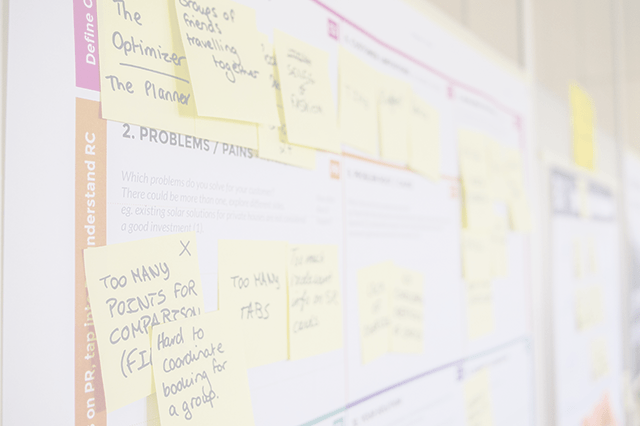Agile Hardware
Agile approaches have taken over the world of software, because teams that deliver value sooner with higher quality beat the slow. Hardware teams face challenges software teams do not: Cost of Fabricating new hardware; Lead time for new parts; Cost of Change; Lack of test automation Infrastructure; How to iterate on hardware components separately; Compliance; Proof of Safety, Dependancies; …
The world of hardware today resembles the software of the early 2000’s - we had only a few early unit test tools (JUnit 3, CruiseControl, VisualSourceSafe/CVS/RCS - shudder).
We’re not experts in Hardware Development so we point to the people who’ve done it.
Resource Links
- AgileSoC: Bring Agile to the World of Hardware Development
- “Agile” Chip Building (CRAFT, ChipKit, Chip Gallery)
- Agile Hardware – doing it at the PCB level
- Agile Hardware Challenges
- Agile Hardware Design?
- Agile hardware development – nonsense or necessity?
- Agile Project Development at Intel: A Scrum Odyssey
- Agile Transformation in IC Development
- Agile Verification for SoC Design -
- AHA Agile Hardware Project - Stanford University
- Backblaze Labs - Storage Pods development - Application of Scrum Methods to Hardware Development
- Backblaze Labs: Center for Hardware Design
- A Behind the Scenes Look at Designing the Next Storage Pod
- Costs of an Agile Approach for Hardware Products
- Developing a Solar Car with Scrum
- Extreme Manufacturing Explained
- Helping Hardware Be Agile, Part 3
- Owning the Sky with Agile
- Scrum in Hardware
- Summary of SpaceX Software AMA - this conversation on Reddit shows some of how SpaceX builds and tries things, knowing they will break
- Team WIKISPEED at Agile 2012
- Team Wikispeed: Developing Hardware the Software Way – HBR Case Study $$$
- TEDx Talk – Joe Justice on using Agile to build a car
- The Goal Of An Agile Hardware Team
- The Scrum in Hardware Guide
- The Starting Point for Agile Hardware (That No One Thinks About)
- Top 10 questions when using Agile on hardware projects
- Using Agile Methods For Hardware
- Yes, Hardware Can Be Agile!
Related Books
- Scrum for Hardware - Paolo Sammicheli
